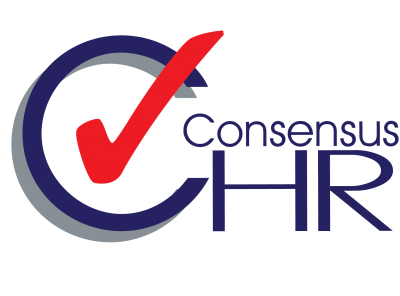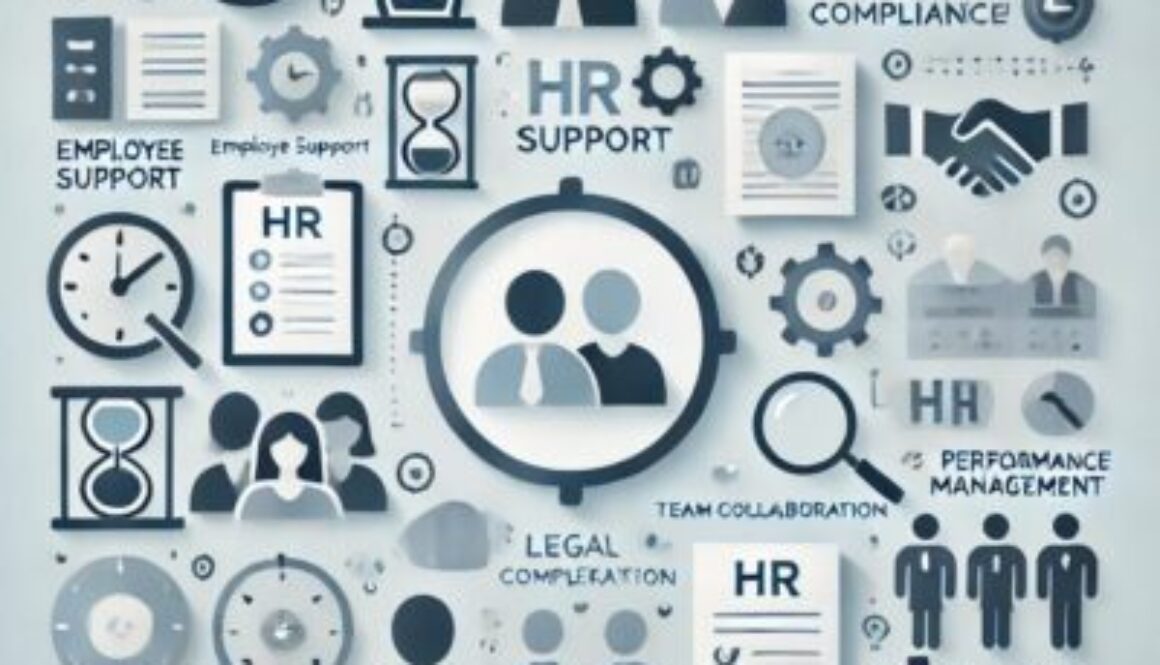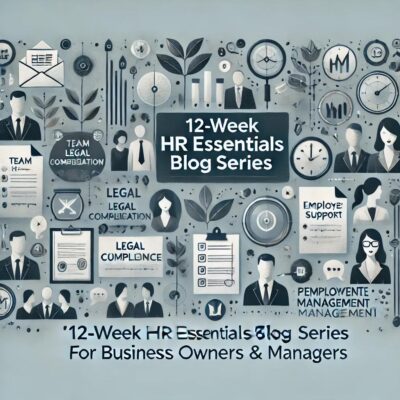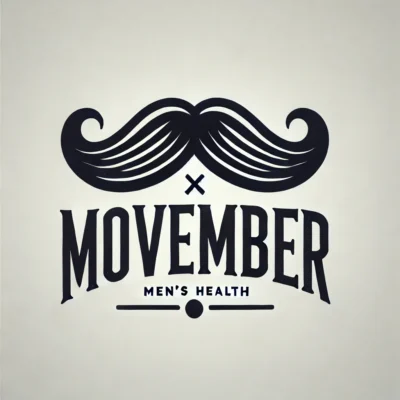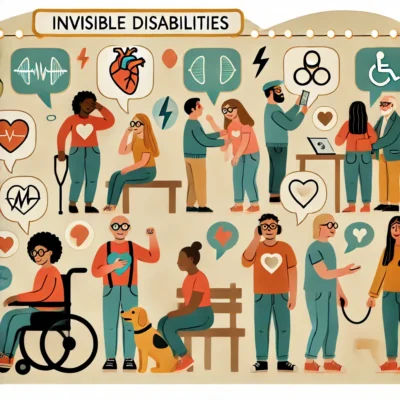Enterprise Nation – Advisor Awards 2024 | Consensus HR in Herts & Beds
Amazing!!!! We have been nominated in the Top 50 businesses for an ward with Enterprise Nation!! Please vote for us.
Enterprise Nation Adviser Awards: Celebrating business’ biggest champions
Enterprise Nation, in partnership with Constant Contact, is celebrating the best and brightest advisers, whose support and expertise have shaped some of the most successful small businesses.
We invited small business owners to nominate their favourite advisers across 10 categories. Hundreds of nominations were made for the outstanding work they do.
The public vote is now open to select your top adviser…

PRESS RELEASE from Enterprise Nation......
A Stevenage business – Consensus HR has been shortlisted as a top UK business adviser
Matthew Chilcott of Consensus HR, who delivers advice to help entrepreneurs grow their business, was picked from hundreds of advisers in the People category from around the UK for the outstanding work they do with small business of all sectors when it comes to Human Resources & Employment Law.
Matthew, who runs Consensus HR from his office at the BTC, Bessemar Drive, Stevenage, said: “Being shortlisted for the People/HR Well-being award is a profound validation of my mission to empower business owners and marginalised women and to nurture the next generation of leaders. It reinforces my commitment to creating inclusive spaces where every voice is heard and valued. This recognition inspires me to continue my journey towards building a more diverse and equitable future.”
He will now go through to the public vote to find the UK Top Business Advisers Award
UK Top Business Advisers Awards run by small business support platform and membership community Enterprise Nation. The awards celebrate the country’s hard-working advisers and are run in association with Constant Contact, a global digital marketing platform that helps small businesses to grow.
Constant Contact UK General Manager and small business founder Erika Robinson said: “When it comes to running your own small business, you are CEO, CMO, CFO and so much more. Finding the right partners or advisers to help navigate challenges – and do the jobs you hate – is critical! Bringing in external expertise, whether that be individual advisers or services such as Constant Contact, helps you focus on what you love. Congratulations to Matthew from Consensus HR, helping small businesses in Hertfordshire & Bedfordshire thrive!”
Emma Jones, CBE, founder and CEO of Enterprise Nation said: “Business advisers are the unsung heroes behind Britain’s booming small business culture and their insight and experience are needed now more than ever.
“The awards have uncovered some incredible work that has helped firms take steps towards sustainability and growth or managing the current situation by pivoting and by taking a strategic look at their business.
“Research shows that those firms that take advice do better than those that don’t – and it stands to reason that good advice can help avoid some of the damaging, early mistakes entrepreneurs can make that can often force them to give up.
“The awards were designed to show how important this work is in action, in order to help more start-ups and small firms find out about the benefits of taking advice.”
The UK Top Business Advisers Award shortlist was chosen from hundreds of entries from around the UK.
Matthew Chilcott’s top tips for growing a business are:
- Question everything you’re told
- Ask others you know who’ve started up what they wish they’d asked for with hindsight – if you don’t know any, book yourself onto free business networking events (Eventbrite is a good place to find some)
- Make sure you actually get around to running your business and don’t spend all your time talking about it
To vote for Matthew Chilcot, and find out who they are up against:
For more information contact Matthew Chilcott on 01438 576750 or email [email protected]
Notes to Editors
Enterprise Nation was founded in 2005 by British entrepreneur Emma Jones MBE, also co-founder of national enterprise campaign StartUp Britain. She is author of best-selling business books including Spare Room Startup, Working 5 to 9, Go Global, Start a Business for £99 and the StartUp Kit, Going for Growth. I She is also a frequently called-on and regular media commentator on a huge range of issues which affect the UK’s growing number of SMEs.
About the Adviser Awards
Categories:
1.Business strategy
2.Finance and accounting
3.Marketing strategy
4.Digital marketing
5.PR and content
6.Sales
7.Social impact and sustainability
8.People (HR/Wellbeing)
9.Legal
10.International trade
To view more about our range of HR & Employment Law Services
Are you concerned about keeping your business up to date with Employment Law changes?
Your Outsourced Human Resources (HR) Department.
For further information on any of the HR subjects we provide, please click the heading below:

